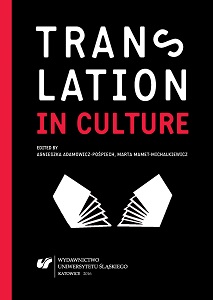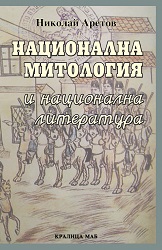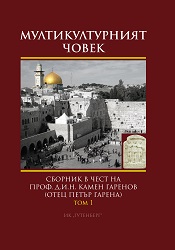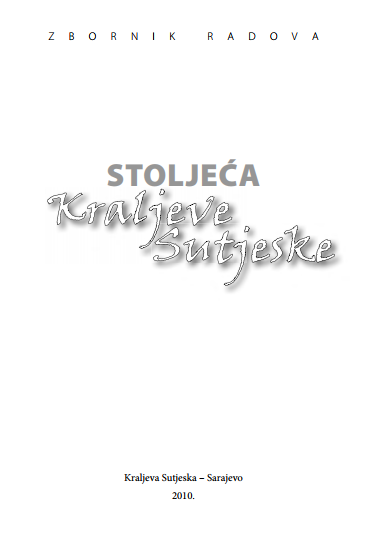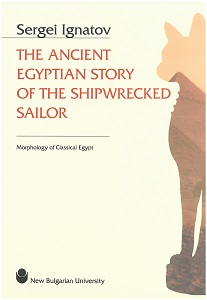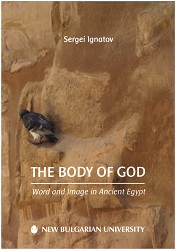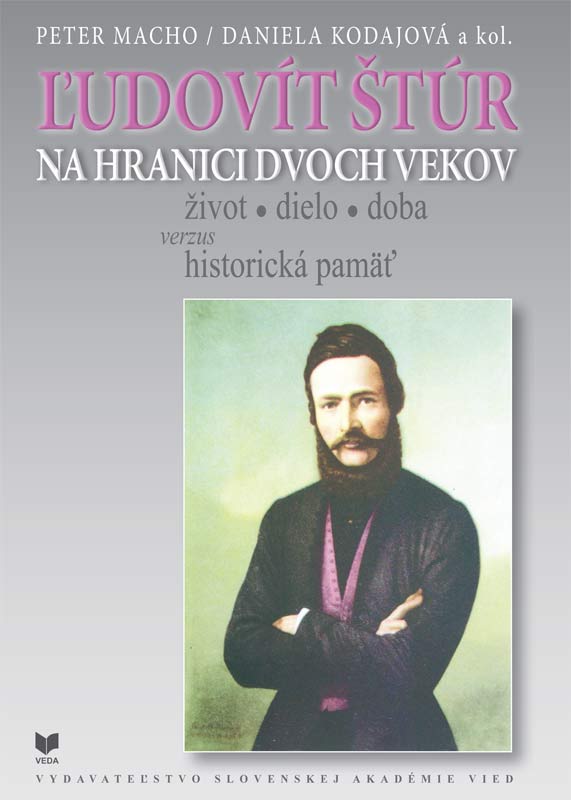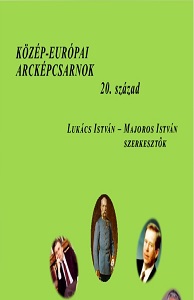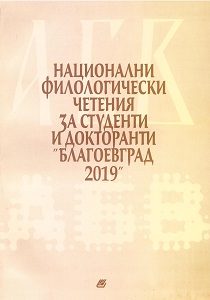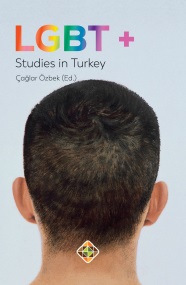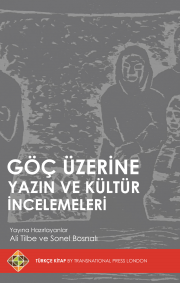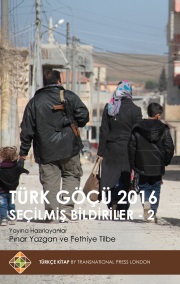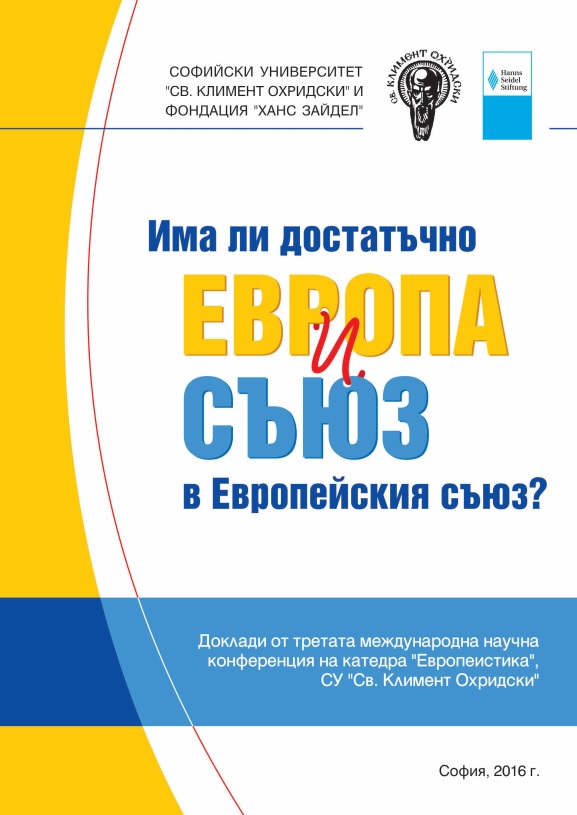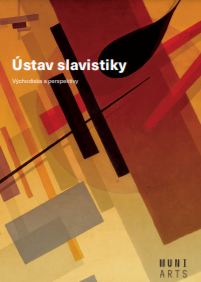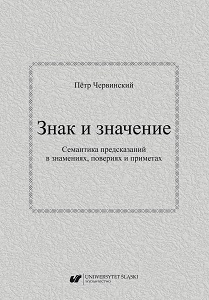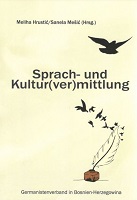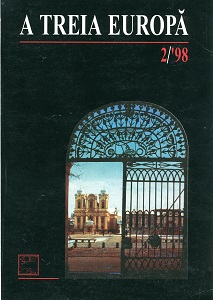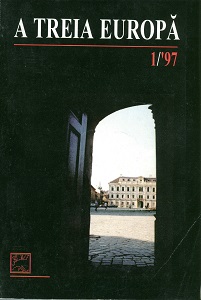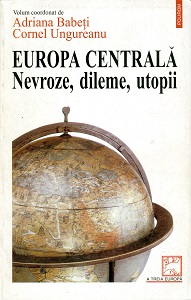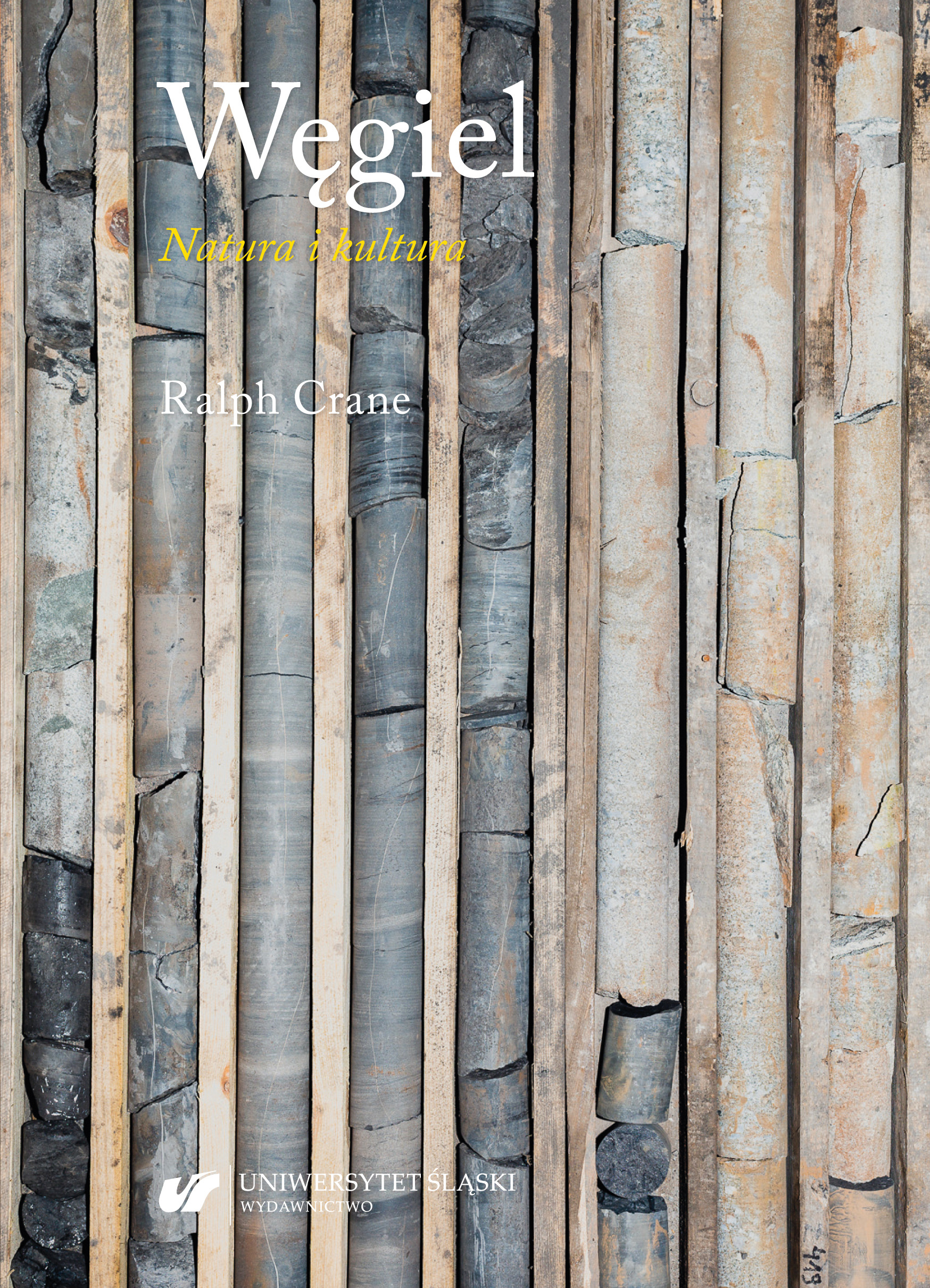Author(s): Ivo Pospíšil,Aleš Brandner,Halina Myronova,Pavel Krejčí,Václav Štěpánek,Roman Madecki,Josef Šaur / Language(s): Czech
This volume has its roots in the brochure published on the occasion of the tenth anniversary of the Department of Slavonic Studies (2005)1 summarizing its previous development. The department came into being in 1995 though its predecessors under various names, e. g. Slavonic Seminar or partial departments or sections belonging to wider entities dealing with individual Slavonic languages and literatures, have never ceased to exist since 1919. The original Slavonic Seminar was one of the founder institutes or departments of the newly founded Masaryk University (1919). The Slavonic studies have always been understood as something very substantial in the structure of Central European universities. This fact was an advantage on the one hand, and a disadvantage on the other as it could bring new impulses both in the material study and the methodology of various scientific disciplines, but, at the same time, in the political situation of the region it could also enter delicate and rather complicated and controversial political contexts. The real Slavonic studies represented not only the language and literature research, but, on the contrary, a wide range of facts connected with some other disciplines, such as history, philosophy, sociology, social psychology etc.; especially this wide, area conception I tried to cultivate from the very beginning of the existence of the department unlike the traditional, narrow, purely philological concept which hitherto dominated in university philologies. This approach needs a relative standstill as well as a dynamic, creative, and methodological unrest, the chance to participate in topical political processes in the sphere of applied research as a part and a co-creator of the state foreign policy. The Slavonic studies cover the diachronous as well as the synchronous research touching the hotspots of the subject, but always with a certain degree of distance and a detached view. This methodological foundation has been preserved in the whole course of the existence of the Department of Slavonic studies at Masaryk University. The contemporary situation of the department reflects both the traditions and the necessity of new, more radical structural development. The body of the department is subdivided into the so-called seminars (sections) covering the specific disciplines due to the area concept of Slavonic studies: East-Slavonic Languages and Literatures (Russian studies, Ukrainian studies, partly Byelorusian and rarely also Ruthenian studies represented from time to time by specific guest lectures). The Seminar of South Slavonic and Balkan Studies deals with the whole complex of the Slavonic and non-Slavonic Balkans. The Seminar of West-Slavonic Studies focuses on Polish studies, partly on Slovak and Sorbian studies: the development of individual disciplines was rather complicated and has sometimes undergone substantial changes. The department also guarantees the doctoral programme of comparative and philologicalarea studies. To sum up: at present, the Department of Slavonic Studies at the Faculty of Arts of Masaryk University covers practically all the disciplines of Slavonic studies either as complex programmes or as separate subjects present from time to time in the complex programmes. The specific position has been occupied by Philological-Area Studies as a backbone of Slavonic studies in general. After the general reform of the study the in 2018, the area approach will be the dominant principle of all the newly conceived programmes and separately will be present in the doctoral programme as Philological-Area Studies. The Slavonic studies have always had a specific position in the framework of the university and the Faculty of Arts and enjoyed an excellent reputation in European as well as in the world Slavonic studies. The famous past of Slavonic studies at Masaryk university is connected with the names of Václav Vondrák (1859–1925), Stanislav Souček (1870–1935), Roman Jakobson (1896–1982), František Trávníček (1888–1961), Frank Wollman (1888–1969), Sergii Vilinskii (1876–1950), Bohuslav Havránek (1893–1978), Josef Kurz (1901–1972), Václav Machek (1894–1965), later, for example, Josef Hrabák (1912–1987), Jiří Krystýnek (1913–1991), Arnošt Lamprecht (1919–1985), Jaroslav Mandát (1924–1986), Jaroslav Burian (1922–1980), Vlasta Vlašínová (1925–1977), Roman Mrázek (1921–1989), Jiří Jiráček (1924–2013), Radoslav Večerka (1928–2017), Jarmil Pelikán (1928–2017), Krystyna Kardyni-Pelikánová (born 1930), Danuše Kšicová (1932–2017), Stanislav Žaža (1929–2018), Miroslav Mikulášek (born 1930), Ivan Dorovský (born 1935) and other scholars including those who represent the Brno Slavonic studies today. The Department/Institute of Slavonic Studies came into existence on 1st of September 1995: the main goal was to reconstitute the complex of Slavonic studies, to concentrate the scientific research and to guarantee the study of minor Slavonic languages and literatures. The basic conception presupposed the development of Slavonic studies in three major directions: 1) the inner restriction and functionality, practicality and efficiency; 2) the outer expansion, i. e. the radical growth of the number of students in all forms of study; 3) the intrinsic restructuring, the existence of common subjects, the permeation of all disciplines on the basis of the philological and area principles. This conception is being modified nowadays in the form of wider study programmes. At present, the Department of Slavonic Studies publishes four scientific journals, part of various international databases: Slavica litteraria, Opera Slavica, Novaya rusistika (published by the Czech Association of Slavists) and Porta Balkanica (published by a professional society of the same name) together with the internet journal Proudy (Currents) published by the Central-European Centre of Slavonic studies – all the professional societies have the seat in the department. Recently, the department participated in several European projects concerning the area studies and excellent education. The department also organizes several regular international conferences dealing with poetics, literary genres and currents as well as values in literature and arts; several publications appeared in the framework of the so-called specific research and as a result of international cooperation of doctoral students. These days, the Department of Slavonic Studies has a stable position in the structure of European Slavonic research, with a highly developed methodological heading and rich international cooperation with leading institutions dealing with Slavonic studies. It cannot be ignored that the department also immensely participates in the promotion of researchers in Slavonic studies, general linguistics and literary criticism both in and outside the Czech Republic substantially forming the image and scholarly bearings of Slavonic studies in general.
More...
